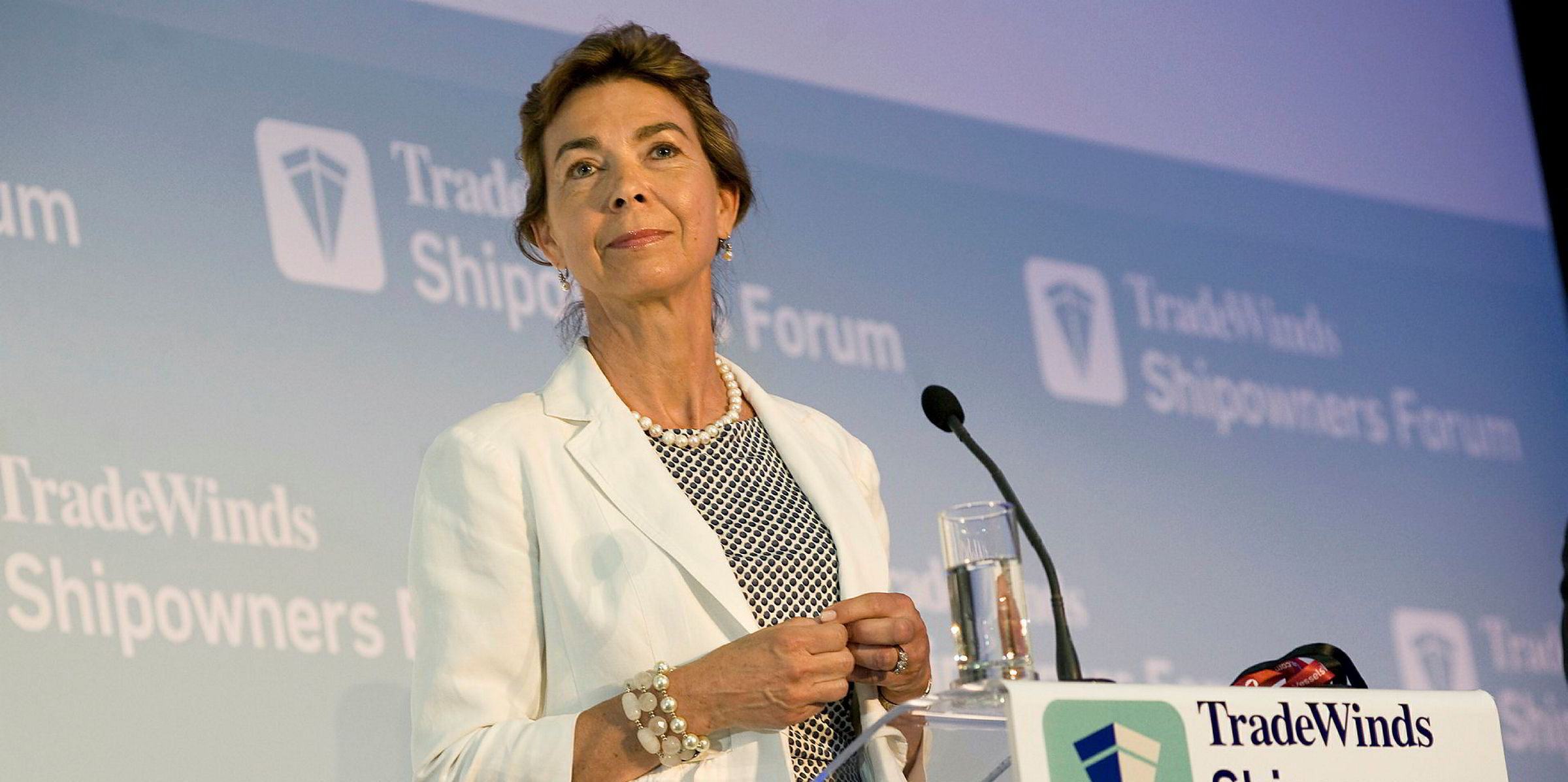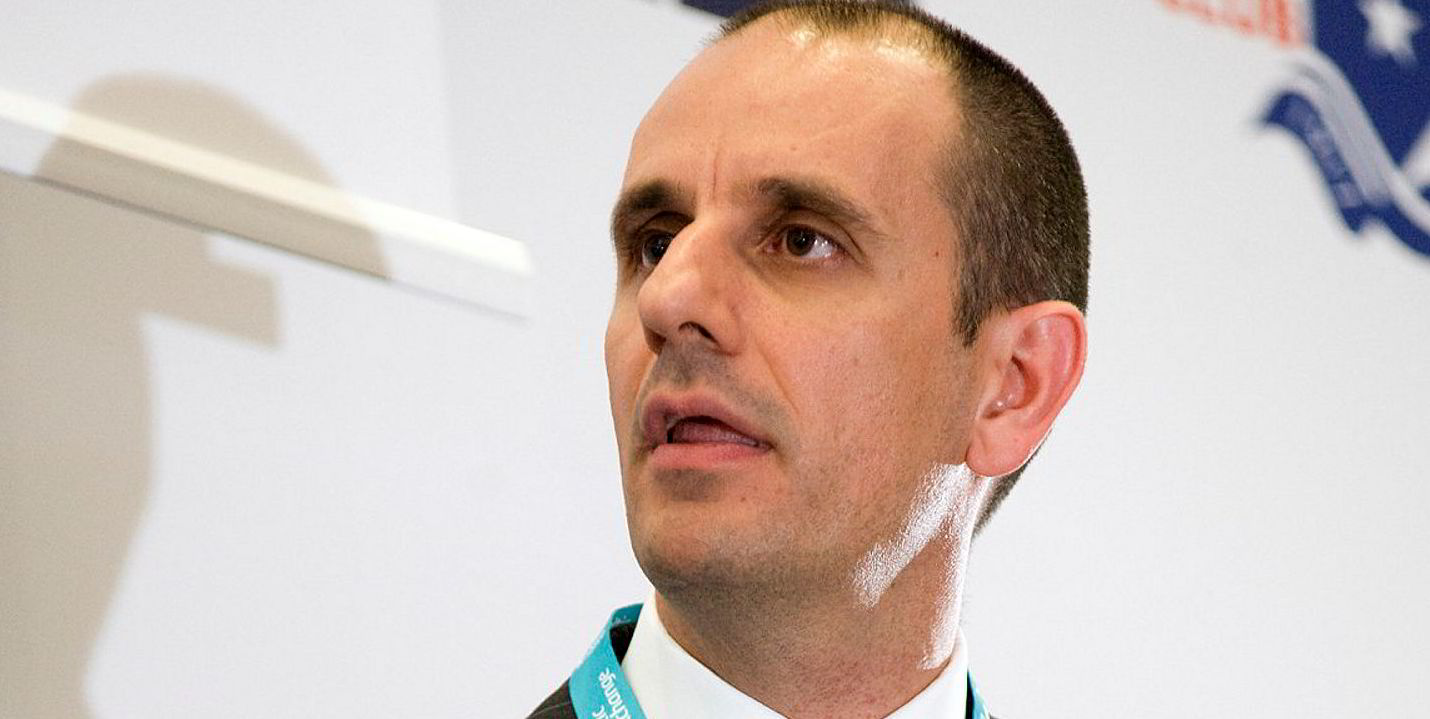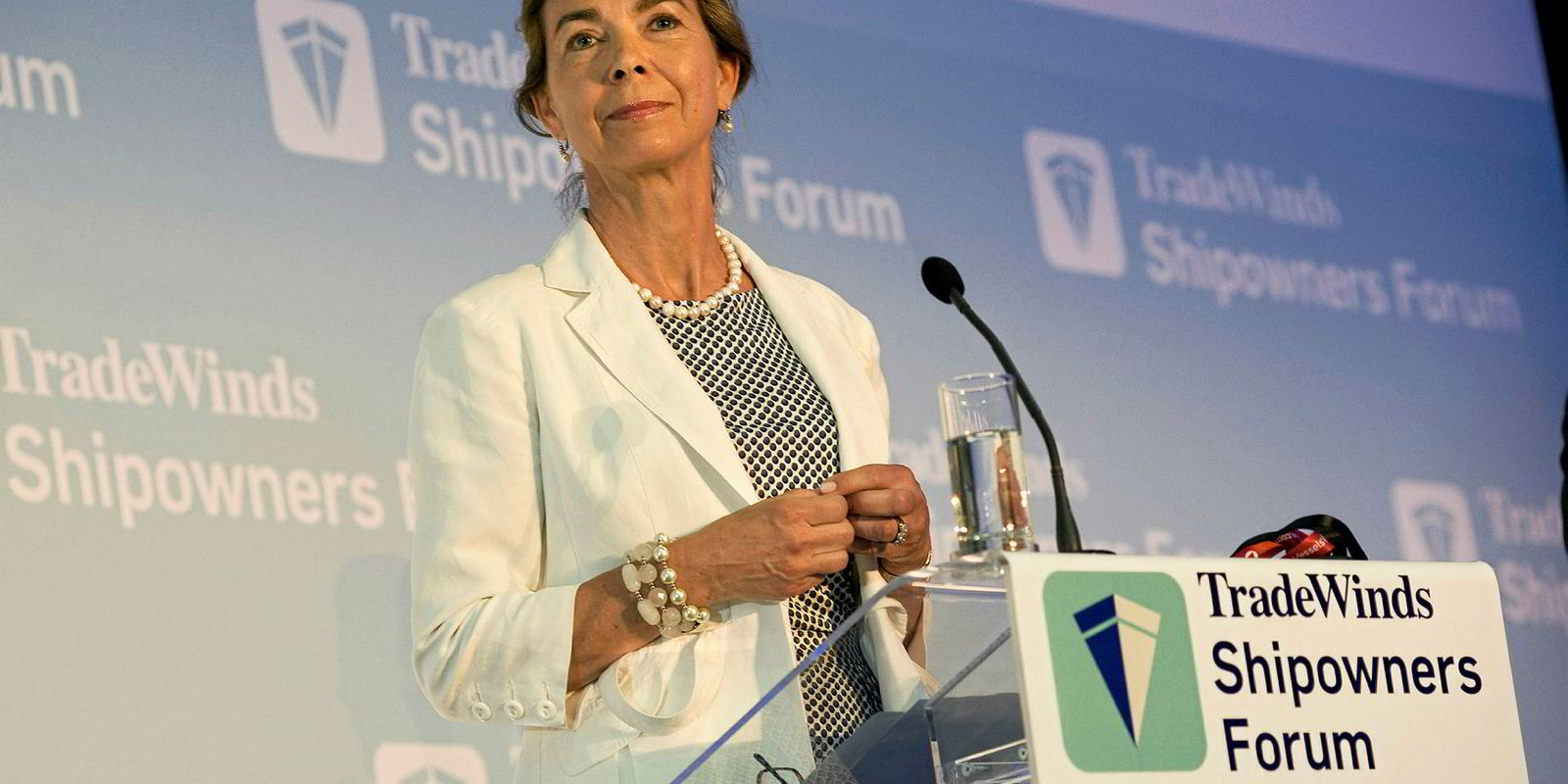Norwegian lender DNB has seen its shipping loan portfolio reduced by NOK 10.52bn ($1.2bn) over the last year.
At the end of the first quarter, the gross carrying amount of the book was NOK 52.86bn, against NOK 63.38bn at 31 March, 2018.
The reduction was described to TradeWinds as "a wanted development" by a DNB spokesperson.
Of these loans, NOK 394bn were classed as at the highest level of risk, stage three, down from NOK 621m last year.
The oil, gas and offshore portfolio totalled NOK 60.55bn, against NOK 62.44bn in 2018.
Stage three loans rose to NOK 4.43bn from NOK 4.18bn.
All going to plan
DNB's global head of ocean industries Kristin Holth told TradeWinds: "It's a planned process to revamp and rebalance the portfolio at a lower level.
"This gives us more time to work with each client on a broader scope."
The reduction has been achieved through not becoming involved in refinancing or finding other sources of finance to help the client, Holth said.
Also, some companies have sold assets so their loans have been reduced.
"In some distressed cases we have sold, but it is never the first option. It is better to work with a client and find solutions," Holth added.
"We have invested in people and products to service our clients. One example is the broad and strong analytical capacity we have in equity and bonds with several top-ranked analysts.”
"It is important to compete with the best and we can advise companies on capital, equity and bonds as well," Holth said.
"Our business model has changed from being a pure lender."
"We want to secure a good return on equity and be a broader shipping financial institution. We plan to be there long-term."
She added: "It has been a long transformation but we have succeeded quite well."
"We do a lot of new transactions, using capital markets. We're doing as much business with bonds as with lending.
"Very few other banks have that broad model. They are mostly still lending."
Holth remains optimistic about most shipping markets, but newbuilding orders are key.
"You can destroy any good market with too many newbuilding orders," she said.
Impairments rise
Overall impairments rose NOK 646m in the first quarter to NOK 316m, from a reversal of NOK 330m the year before.
"The increase in impairment losses from the first quarter of 2018 was to a large extent due to significant reversals in the oil, gas and offshore segments during the first quarter of 2018," it said.
It said this portfolio is "characterised by high quality and a stable development, reflecting the favourable macroeconomic environment."
There were net reversals of NOK 32m within the shipping segment, down from reversals of NOK 42m last year.
The macro drivers for the shipping portfolio remained stable during the first quarter, it said.
Impairment losses totalled NOK 46m for oil, gas and offshore, from reversals of NOK 620m in 2018.
"A modestly positive macro development contributed favourably, while a negative development for individually assessed customers resulted in net impairment for the industry segment," it added.
"This situation is similar to that of the fourth quarter of 2018, while restructurings of specific large exposures resulted in net reversals in the first quarter of 2018."
Net interest income reached NOK 9.28bn, versus NOK 9bn a year ago, while net profit rose to NOK 7.58bn from NOK 5.65bn.






